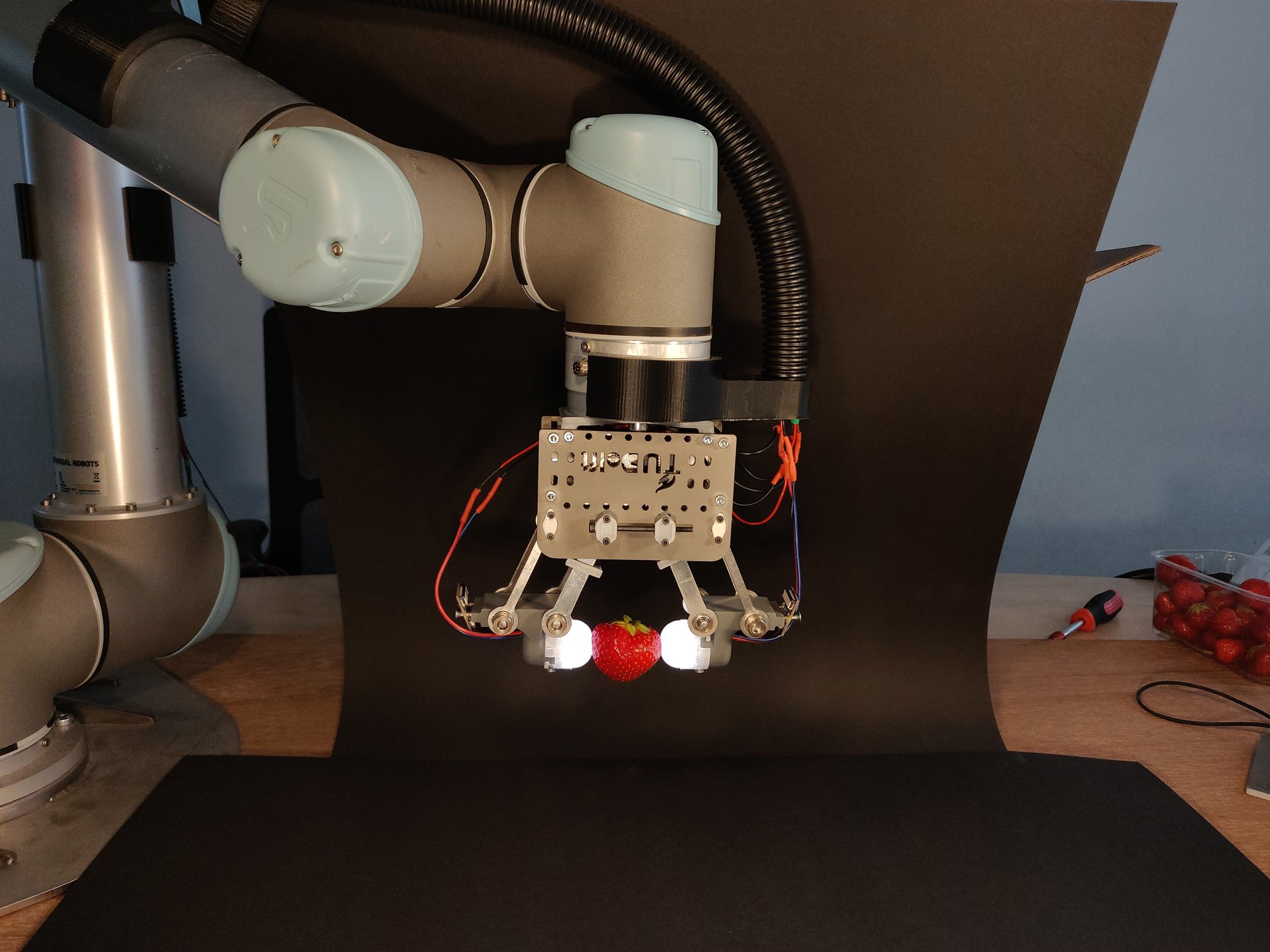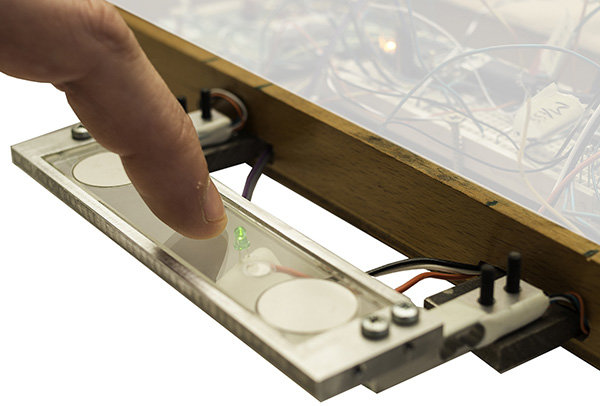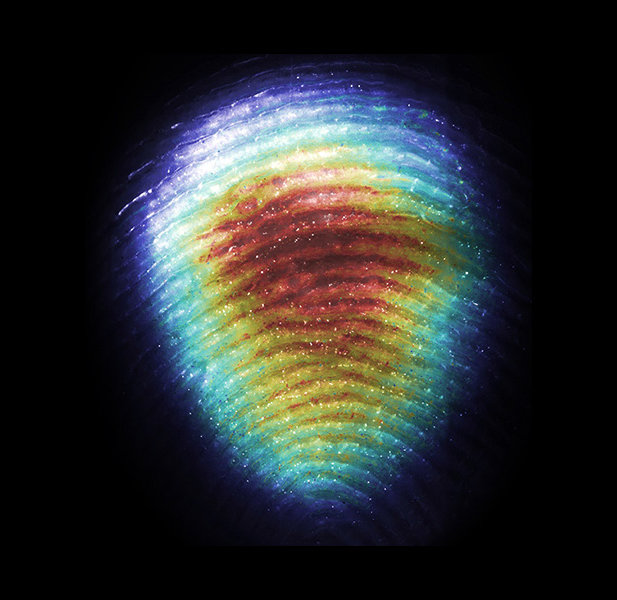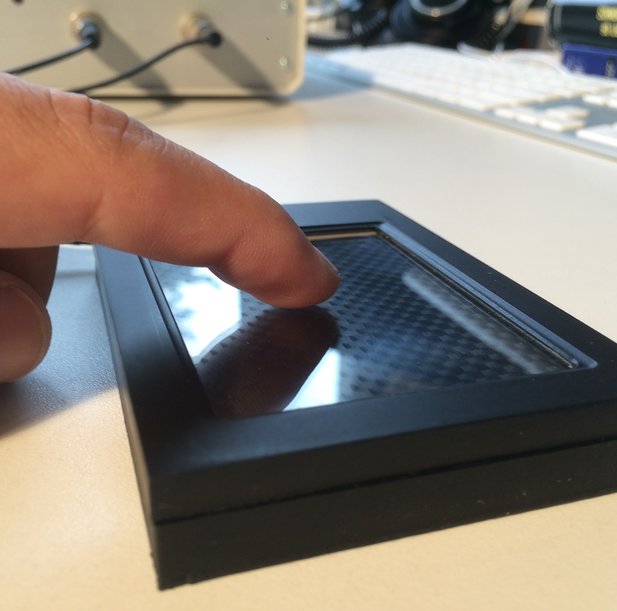News and Highlights
Our group is interested in finding out how the contact between soft or biological materials on various surfaces can be monitored and controlled. We develop instruments, devices and methods to measure friction when objects are simply put in contact or even sliding over random surfaces.
The output of our studies drives the development of two main applications. The first one is the design of soft robotics sensors that can monitor the nature of the object and its state of contact (sliding or firmly attached) when grasping objects. And the second one is surface haptics device which are able to change in real time the frictional conditions of a fingertip and creates compelling sensations of texture and shape via what we call surface haptic devices. Learn more about some of our ongoing projects.
This group is part of the Human-Robot Interaction section of the Cognitive Robotics Department at the TU Delft and we collaborate closely with the Delft Haptics lab.
Publications
Graduation projects
If you are interested to pursue your Master thesis with us, and learn more about haptic devices, the sense of touch or contact mechanics of soft robots, email to Michaël.
Machines
Our group studies the mechanics linked to tactile perception. Our approach lies at the intersection of the observation of tactile interaction with high precision devices, the design of haptic interfaces for reproducing realistic tactile sensations and the psychophysical study of human perception.














